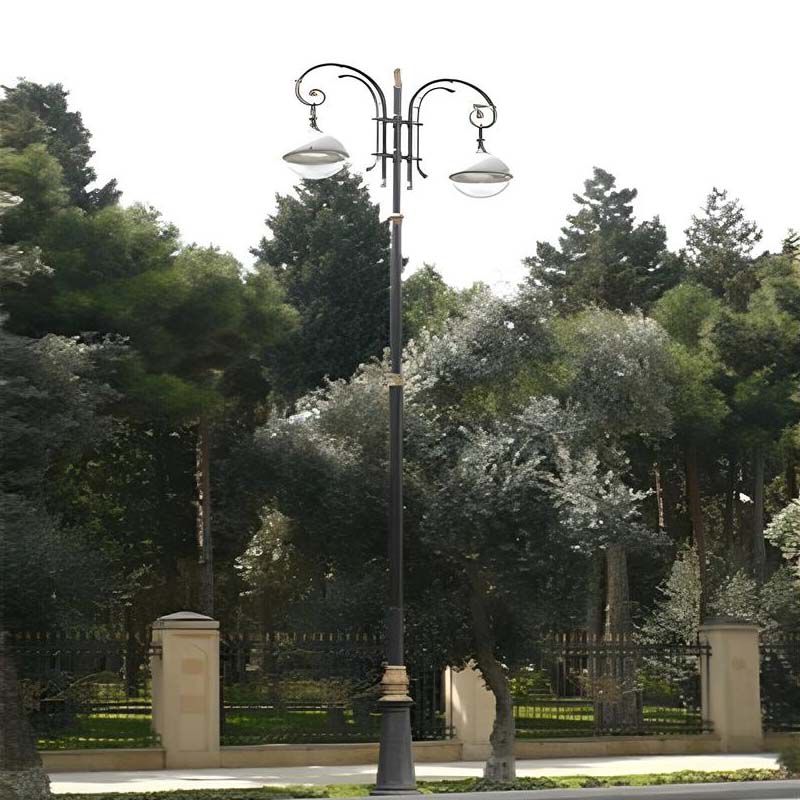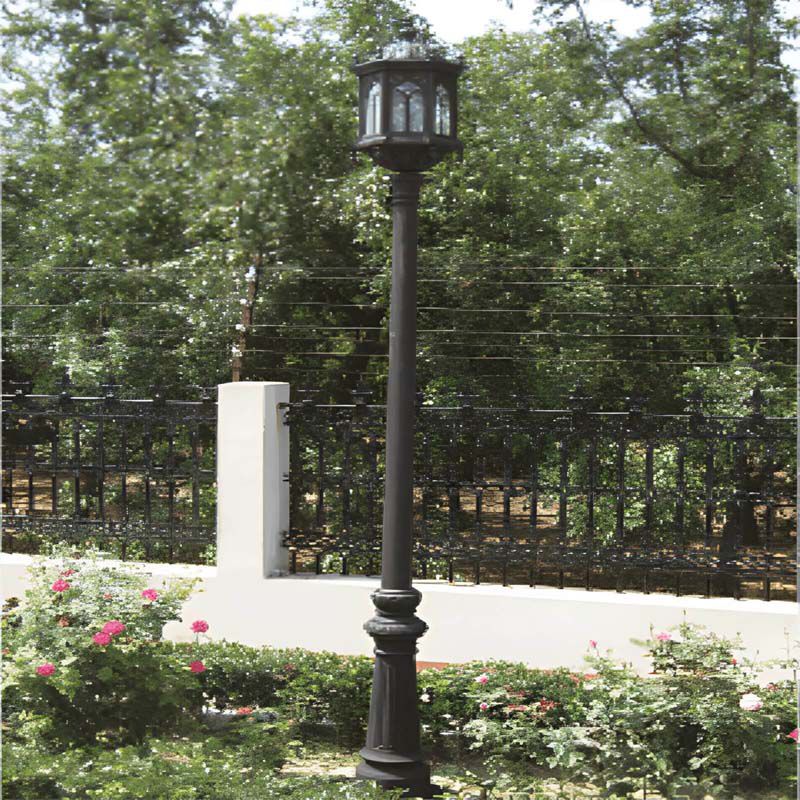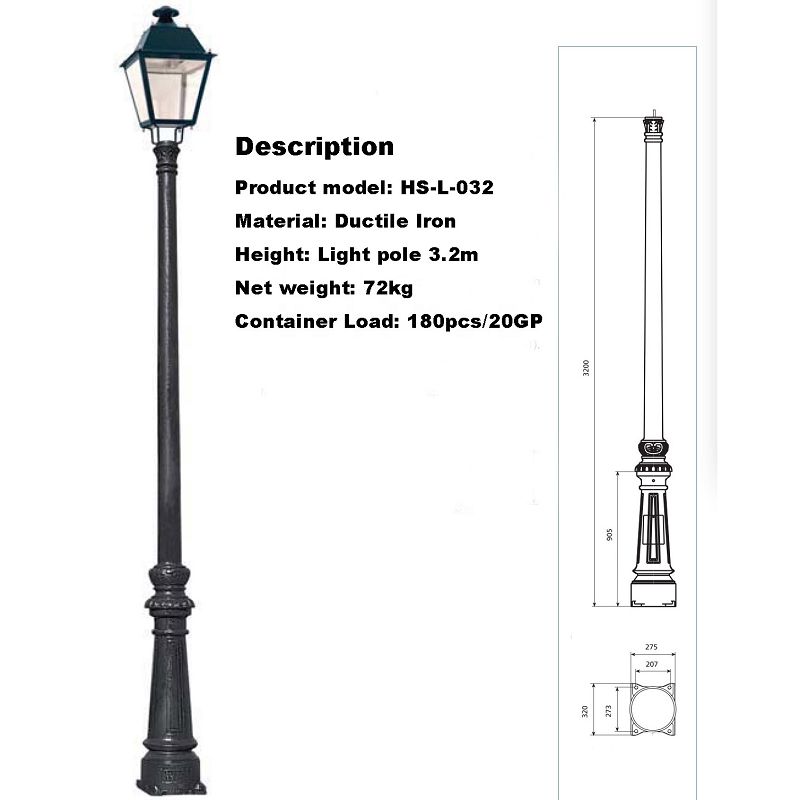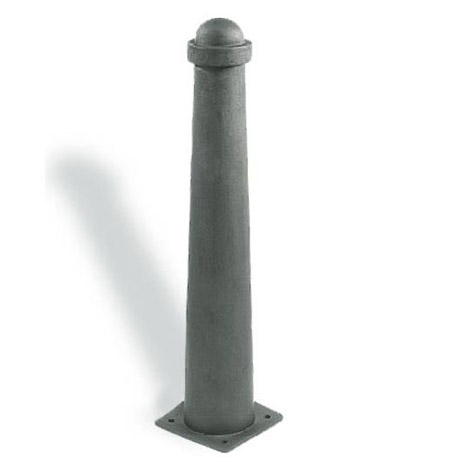Influence of pouring temperature on casting
 Jul 03,2023
Jul 03,2023

 Hengsheng
Hengsheng
Excessively high pouring temperature will cause sand mold expansion, especially for gray cast iron with complex sand core, when the pouring temperature is ≥1420°C, the reject rate will increase, and when the pouring temperature is 1460°C, the reject rate will reach 50%. In production, the temperature of molten iron can be better controlled by induction furnace smelting. The editor of Hengsheng Foundry Company will give you a brief introduction below.
Casting temperatures that are too low may form defects
(1) After liquid slag inclusion treatment, single small holes will appear on the surface of gray iron castings. The diameter of the hole is generally 1 to 3 mm. In some cases, there are only 1 or 2 small holes. Metallographic studies showed that these pores were present with a small amount of liquid slag, but no segregation of sulfur was found. Studies have shown that this defect is related to the pouring temperature. When the pouring temperature is higher than 1380°C, no such defects are found in the casting, so the pouring temperature should be controlled between 1380-1420°C. It is worth mentioning that the design of the gating system has not been changed to eliminate this shortcoming. Therefore, this defect can be attributed to the low pouring temperature and the formation of molten iron when pouring in a trace reducing atmosphere.
(2) Manganese sulfide pores This kind of pores are located below the surface of gray cast iron, mostly above the surface, and are often exposed after processing. The diameter of the pores is about 2 ~ 6 mm, and sometimes there is a small amount of slag in the pores. Metallographic studies have shown that this defect is due to the low pouring temperature and the high content of manganese and sulfur in the molten iron, resulting in the mixing of manganese segregation and slag.
This sulfur content and suitable manganese content (0.5%~0.65%) can significantly improve the purity of molten iron, thereby effectively preventing this defect.
(3) Porosity and porosity caused by sand core gas are often caused by poor sand core exhaust. Since the core hardens in the core box during core making, the number of core vent holes is often insufficient. To form vent holes, additional drilling can be done after the core has hardened.
The most common reason for the pouring temperature being too low is that the molten iron is conveyed before pouring and stays in the open ladle for a long time to dissipate heat. Heat loss can be significantly reduced by using a ladle cover with thermal insulation.




 Home
Home Cast iron garden furniture municipal products lamp poles bollard bench legs factory
Cast iron garden furniture municipal products lamp poles bollard bench legs factory  You May Also Like
You May Also Like






 Tel
Tel
 Email
Email
 Address
Address











